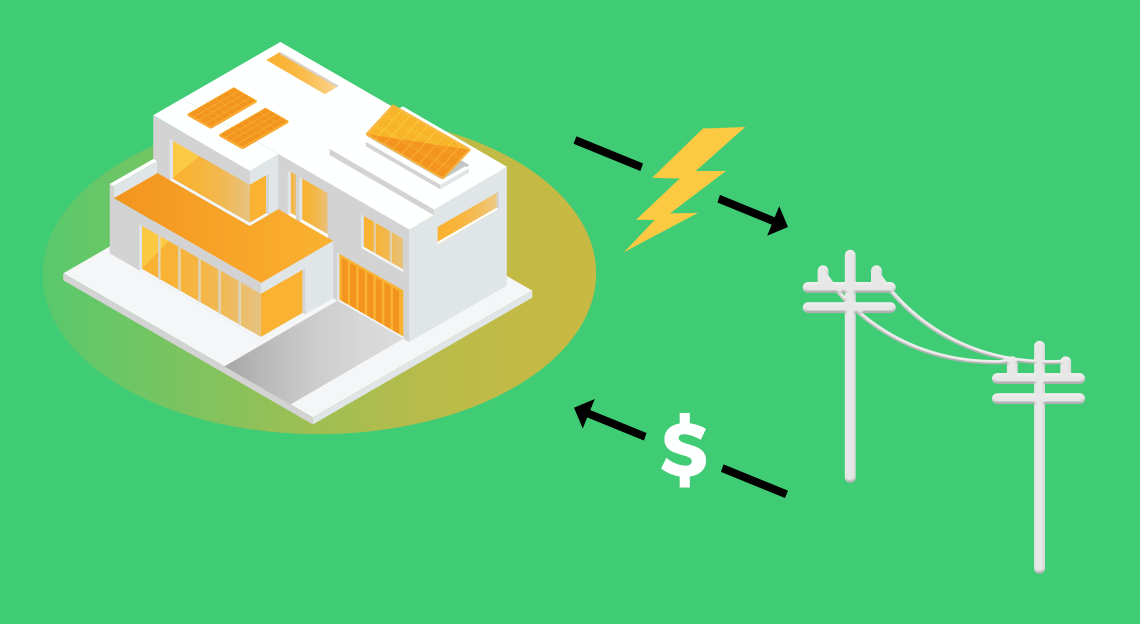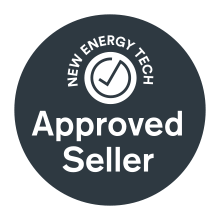The solar feed-in tariff – the amount you get paid for any solar power you export to the grid – will drop from 10.2 cents to 6.7 cents per kilowatt hour from the 1st of July 2021.
This change is set by the Essential Services Commission (ESC) and is the outcome of their annual review of the solar feed-in tariff in Victoria. According to the ESC, “the decrease in minimum feed-in tariffs is mainly due to recent decreases in wholesale electricity prices that are expected to continue into 2021-22.”
Whilst this isn’t great news, we can at least be thankful that we have a minimum feed-in rate for solar exports in Victoria as this is not the case in all states of Australia.
Of course, a reduction in the value of the tariff isn’t ideal. But the question is: How bad is it really? And will it still be worth installing solar when the feed-in tariff is lower?
The short answer to the above questions are YES, solar is still a great investment for most households as long as the system is designed correctly.
The trick is to ensure that your solar system is sized to maximise your consumption of the power generated by the system – and to minimise the amount you export to the grid. That’s because the greatest savings are from using your solar power, rather than buying it from the grid.
Maximising self-consumption
At Specialized Solar, we’ll ask you whether electricity bill reduction is your main objective. If that’s the case, we’ll design a system that maximises the self-consumption of the solar power generated by your system – ideally to achieve at least 40 or 50 percent of the solar generated being used in your home.
An example
Here’s an example to help explain the number crunching that goes on to ensure you get a good return.
For a 6.6kW solar power system – the most popular size residential solar system at the moment – the bottom-line impact of is the feed-in tariff reduction is that you are $156 worse off.
This assumes you use 50% of the solar power you generate in your home and export the rest to the grid.
But how much are the total savings with a solar power system at the lower feed-in tariff?
There are two parts to working this out.
- First is calculating the amount you save by using your solar power rather than buying it from the grid. That’s a saving of around $1,114 a year. (Worked out by calculating what it would have cost if you had to buy 50% of the power you use from the grid at 25 cents per kilowatt hour).
- The second part of the calculation is working out the money you make by exporting your excess solar to the grid and getting paid the feed-in tariff. This is around $299 assuming you export 50% of your solar power at 6.7 cents per kilowatt hour.
Only a slight financial impact
So, with the lower FiT, the total annual savings you’ll make will be around $1,413 a year ($1,114 + $299).
That compares to total savings of around $1,569 a year at the 10.2 cent feed-in tariff for a 6.6kW system and same assumptions.
Bill savings with FiT at 10.2c/kWh – $1,569
Bill savings with FiT at 6.7c/kWh – $1,413
Difference: $156
Payback still excellent
The good news is that the payback on a new solar power system is only marginally affected by the drop in the feed-in tariff. Assuming you qualify for the current Solar Victoria Rebate of $1,850 (available until 30 June 2021), the payback for the above example changes from around 2.8 years (at the 10.2 cent FiT) to 3.1 years (at the 6.7 cent FiT), based on the typical price of a good quality solar system from Specialized Solar.
That’s still an attractive payback figure in anyone’s book!
Solar makes sense
There’s no doubt that a well-sized solar system can make financial sense but there are a number of variables to consider which can affect your payback and the above results may not be achievable in your circumstances.
Get in touch for a quote
If you have any questions, please contact us on 03 9117 6185 or request a free quote by completing our online form.












